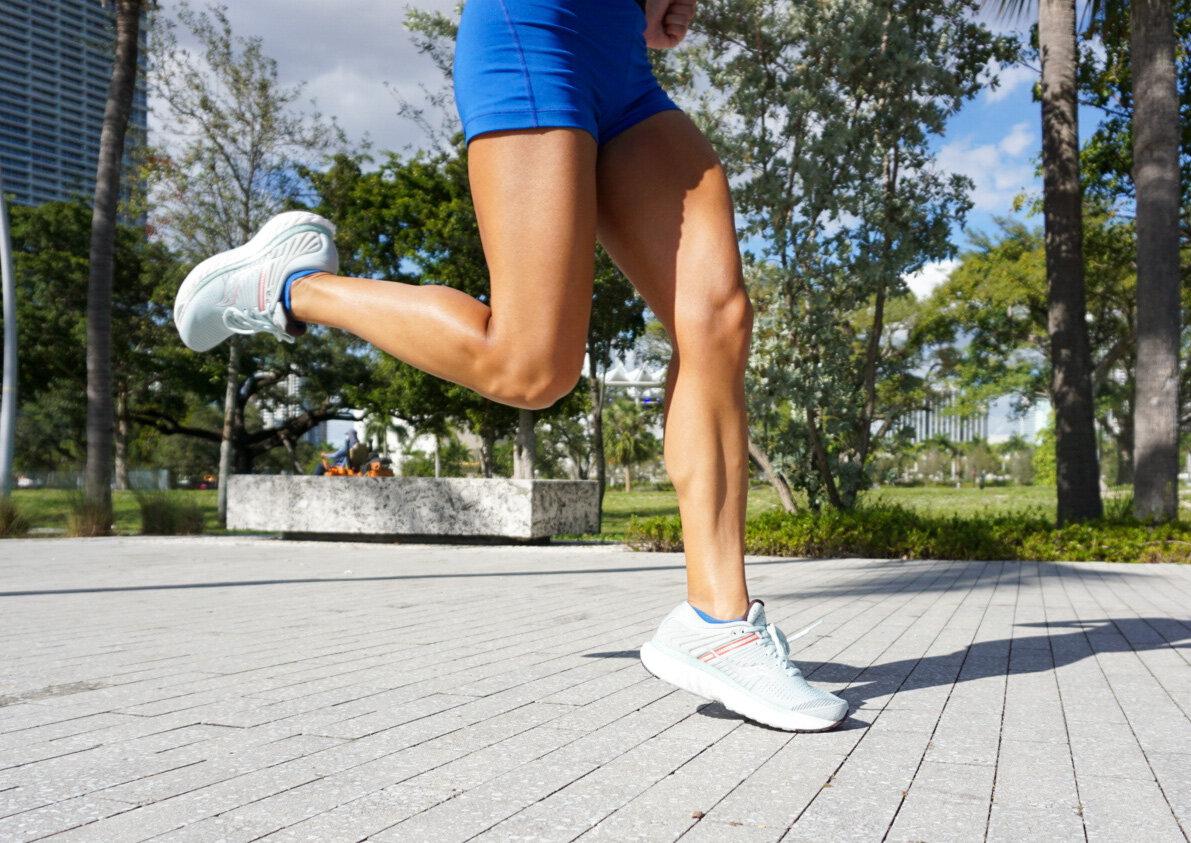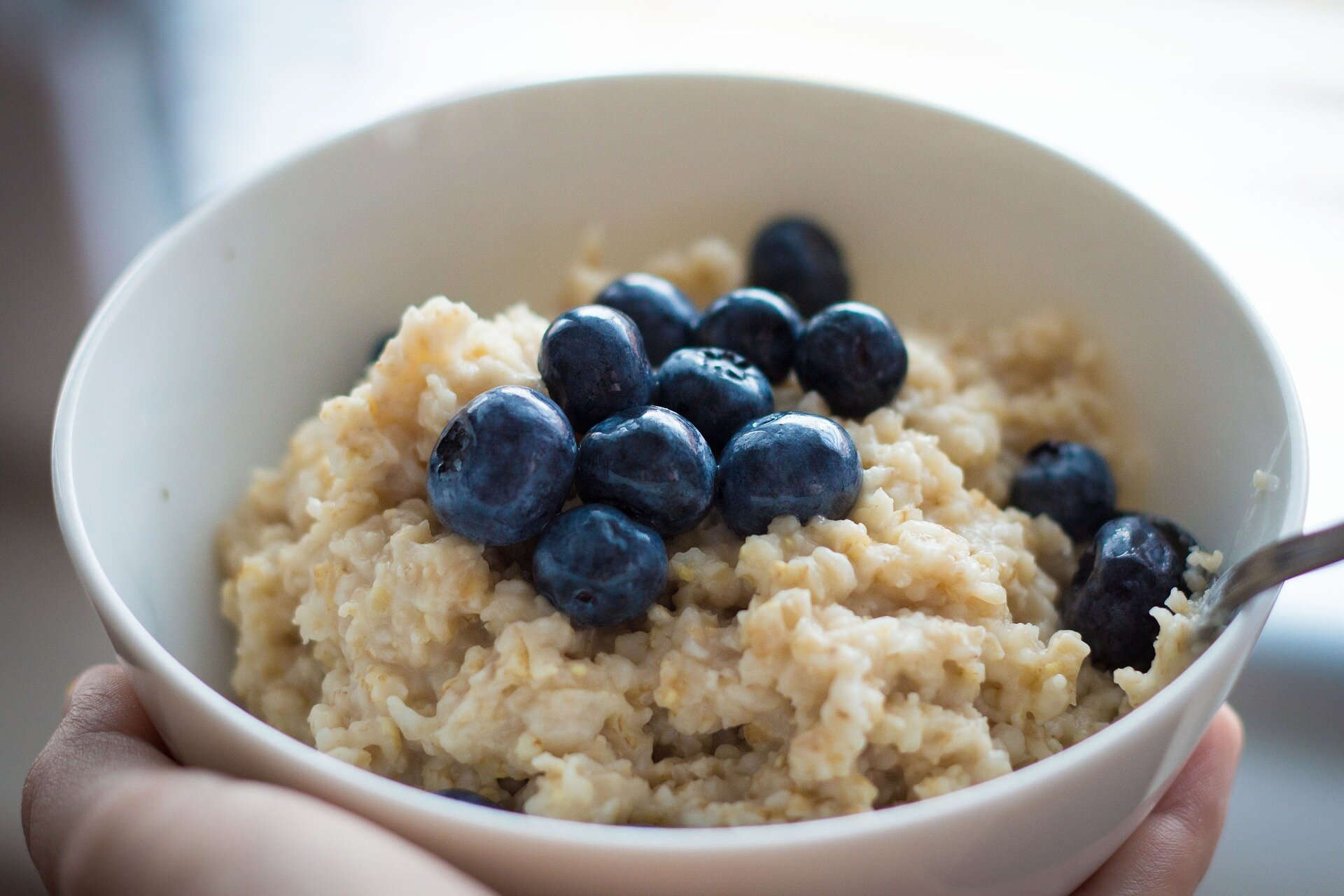Sponsored by Zappos
All Opinions are my own.
If you’re a runner you know that in order to run your best you have to invest in the best gear. This is tricky since the fit and comfort level of everything we wear varies from one runner to another. I’ve gone through years suffering from plantar fasciitis and a long process of trial and error rotating shoes to find what works for me. I now know that my feet do best with a shoe that is not only made of light material to help me run fast, but also cushioned well to help protect my feet. I was excited to get my hands on a pair of the Saucony Triumph 17, especially since every other pair I’ve worn from the brand has only helped my running performance.
I am skeptical about ordering a brand new style of shoes online, unless it’s from Zappos. As a Zappos Rewards member I get access to several perks, including free expedited shipping and free returns for 365 days! This is a relief because if the shoe doesn’t fit, I can return it without worry. The 24/7-customer service team is exceptionally knowledgeable about all of their products, so I know I am going to get what I need and fast!
Since shoe rotation is important to vary the load through the joints every day, you want to make sure you choose the right ones for each type of run you do. I typically opt for a lightweight pair for my speed work and a cushioned and supportive pair for easy and long runs. After trying the Saucony Triumph 17, I realized this pair is perfect for both worlds. This is hard to find in a shoe, but the shoemakers and designers for the Triumph did an amazing job when building the updated Triumph.
Powerful is an Understatement
One update made from the previous Triumph version is a significant drop in weight. Taking the Triumph 17 for a 15-miler, I was impressed by the responsiveness given that there was a good amount of cushioning as well. The new PWRRUN+ cushion is the reason for the 28% weight reduction in the shoe. This technology also gives more spring with every step—I felt as if I was able to react quicker during the push-off phase. It usually takes a while to break in running shoes to not feel a stiff sole, but with the Triumph 17 I felt they were flexible from the very first run. I was happy to read that this new foam also lasts longer, which is a plus for a high-mileage runner!
Cushion Without the Bulk
Initially I thought these shoes would only replace my recovery run shoes because I felt the visible cushioning would make them seem heavy, but it was actually the opposite outcome. I am happy to be able to use these for all types of runs because rather than the cushioning getting in the way, it assists with fast running while providing maximum cushioning. The FORMFIT design of the Triumph adapts to your foot in the most comfortable way. I felt as if the shoes were hugging my feet for my entire run! Although not every shoe fits every single person perfectly, the technology of the FORMFIT seems like it will conform to any foot. This is important for runners since the last thing you want to feel on a run is your foot shifting around in your shoes, which will only cause blisters and soreness.
Taking the Saucony Triumph 17 for a spin around the track for 800 meter repeats, on a 6-mile tempo run, and on a 15-mile long run was good enough to give these a 5-star rating. I tend to get sore feet after long runs and plantar fasciitis issues when I’m at the peak of my training seasons, but I think this pair will be a life savor for my feet during these last few weeks before my marathon! These will definitely be a staple for all of my recovery runs, since they make my feet feel refreshed and ready for the hard work to come. If you are looking for a shoe that gives you support without limiting your pace, add the Triumph 17 to your rotation and you won’t regret it!
































